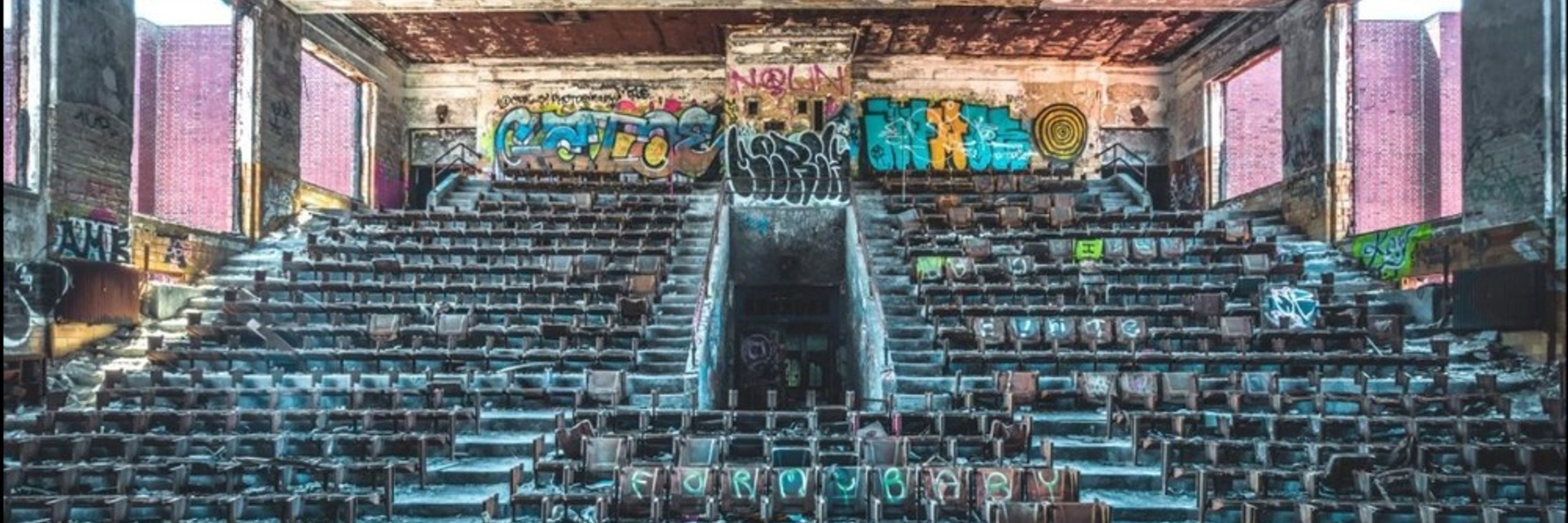Rob Chavez
@robchavez.bsky.social
2.4K followers
1K following
580 posts
Associate professor and neurobumpkin at University of Oregon. Attempting to study social cognitive neurons and oligodendrocytes with human neuroimaging. New Mexican expat, but I have friends everywhere. csnl.uoregon.edu
Posts
Media
Videos
Starter Packs
Reposted by Rob Chavez
Reposted by Rob Chavez
Reposted by Rob Chavez
Rob Chavez
@robchavez.bsky.social
· Sep 6
Reposted by Rob Chavez
Rob Chavez
@robchavez.bsky.social
· Sep 5
Rob Chavez
@robchavez.bsky.social
· Sep 3
Reposted by Rob Chavez
Rob Chavez
@robchavez.bsky.social
· Aug 28
Rob Chavez
@robchavez.bsky.social
· Aug 28
Rob Chavez
@robchavez.bsky.social
· Aug 28
Rob Chavez
@robchavez.bsky.social
· Aug 27













